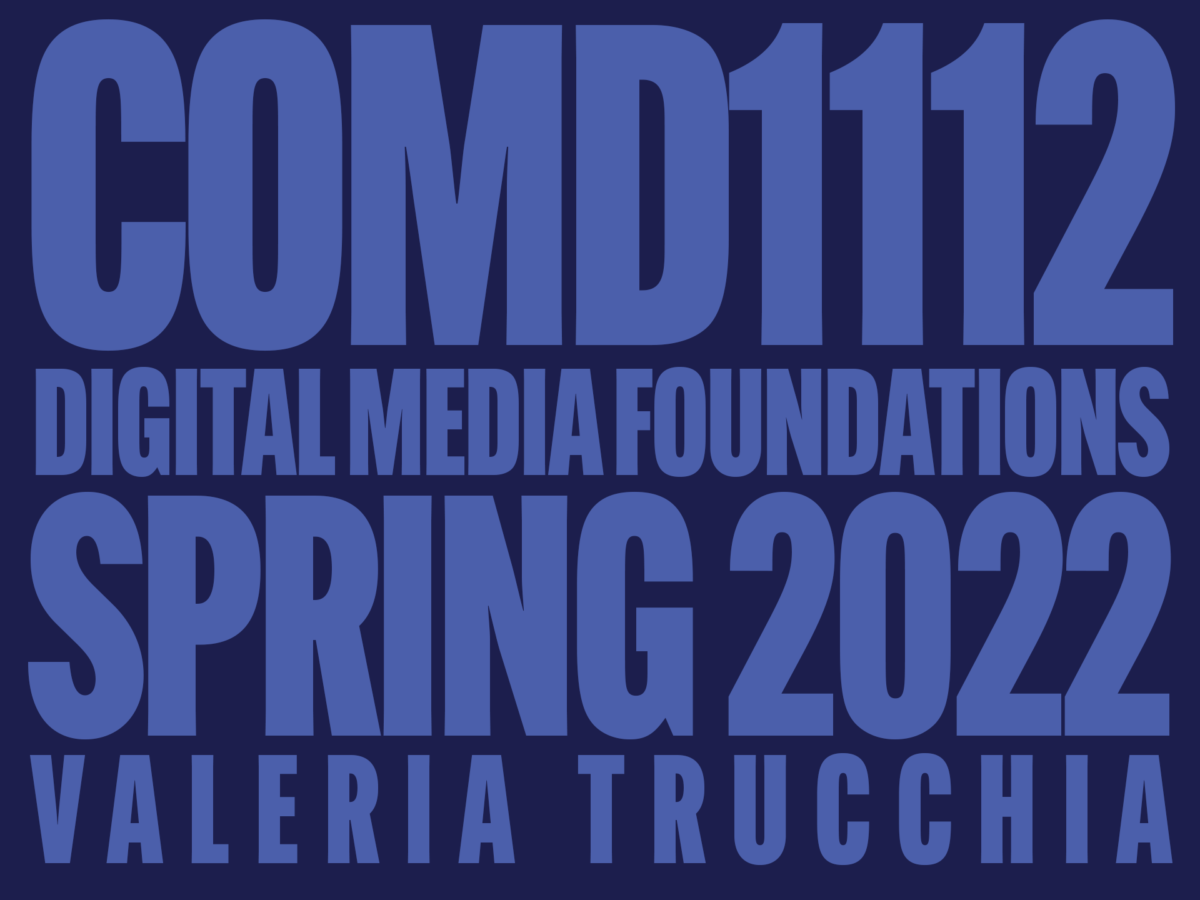Having control of fonts and typography is becoming complex and unsustainable. All the variations that the web offers is restraining flexibility in design. Designers have to work around strict limitations. A logo has to be readable from full screen to a favicon size, layouts have to be designed vertical and horizontal, for small and large devices, the browsers offer variations in displaying fonts, the many languages use different length of words and scripts.
How designers are rethinking typography?
Google creates NOTO for no more TOFU
What is Tofu in Typography? When text is rendered by a computer, sometimes there will be characters in the text that cannot be displayed, because no font that supports them is available to the computer. When this occurs, small boxes are shown to represent the characters. In slang those small boxes have sometimes been called “tofu“.
NOTO, as in no tofu, aims to remove tofu from the Web.
NOTO is short for “No Tofu,” providing visual representations of every letter of all of the 800 languages. It’s part of Google’s goal to make a font available for every language that is considered a script by Unicode, the consortium that creates standards for computers.
NOTO is a font created by Google that cover over 800 scripts and languages to facilitate the communication using font design adapted for being read in many ways.
NOTO is considered the most universal typeface in existence.
The future of branding? The third dimension
Think typography 360˚. Watch the next point of View.



